Utah Nippo (3) – Matsumoto City
Some materials about the Utah Nippo are displayed in a glass case on the second floor of the Matsumoto Central Library.
The typeset of the last edition, the Utah Nippo, which was displayed at the Takamori Town History and Folklore Museum, is also kept here.
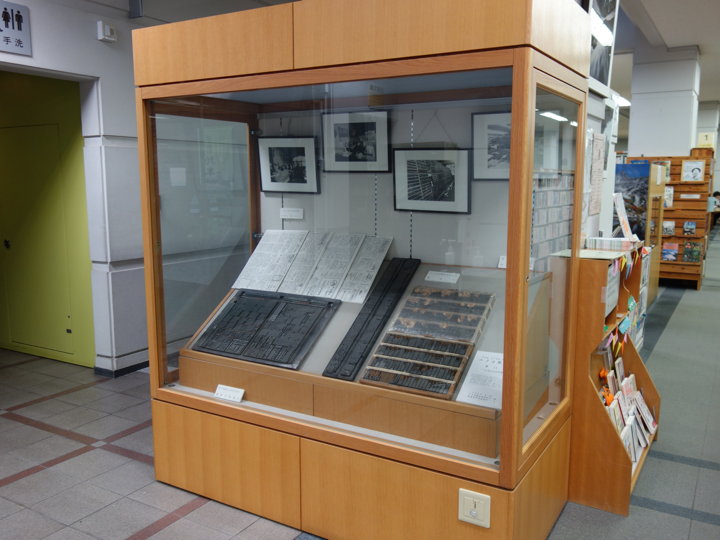
There are two display cases, another case shows the photographs of the Terasawa family, as well as related newspaper articles and books.
According to the explanation of the display, Kuniko Terasawa was an honorary citizen of Matsumoto City, and after her death, her bereaved family donated all the issues of the Utah Nippo and the last edition typeset. And the Matsumoto-Salt Lake City Sister City Committee was involved in this.
Matsumoto City established a sister city affiliation with Salt Lake City in 1958. It was apparently the first of its kind for a municipality in Nagano Prefecture and the 13th in all of Japan.
In the beginning, it was just a few people visiting and exchanging paintings, but after a few years, exchange of visiting delegations began, as well as dispatch and training of teachers.
In 1977, the “Matsumoto-Salt Lake City Sister City Committee" was established, which continues to play a central role in the ongoing exchange.
Kuniko Terasawa was among those who worked hard to establish the sister city relationship. Together with the mayor of Salt Lake City and others involved, she was nominated in 1965 to become an honorary citizen of Matsumoto.
In 1968, she was awarded the Order of the Sacred Treasure, Fifth Class.
Kuniko’s work first attracted attention in 1985 with the publication of Fuyuko Kamisaka’s “Grandmother’s Utah Noppo" (originally serialized in the Shinano Mainichi Shimbun, “Shinshu Onna no Utah Nippo").
In terms of academic research, the work of Norio Tamura who have been engaged in Japanese newspaper research since the 1980s, and Haruo Higashimoto’s is also significant.
In 1983, a report was issued by the U.S. Congress stating that wartime incarceration was unjustified, and this was a time of heightened debate on Japanese-American in the United States.
In 1991, Kuniko passed away.
The Utah Nippo was discontinued, but there were some calls to preserve the important materials.
The Japanese American Museum in Los Angeles called for its preservation, and there was also a suggestion that the materials should be kept in Salt Lake City.
The city of Matsumoto also offered to preserve it, and the bereaved family decided to leave it to the city after much hesitation.
In 1992, the signing ceremony was held at Kuniko’s grave, and the Utah Nippo (11063 copies) from 1917 to 1990, as well as the last issue of the typeset, were donated to the city.
The typeset is on display at the Matsumoto City Central Library.
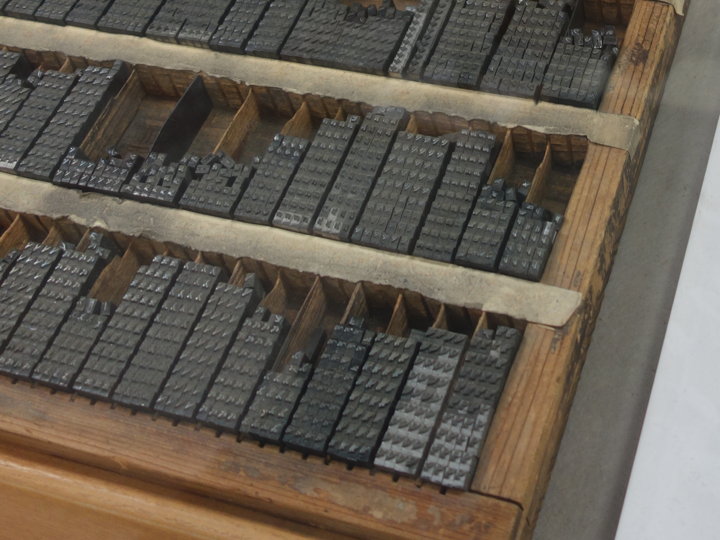
In response to the donation of the materials, the Utah Nippo Study Group was established in Matsumoto City in September 1993 by more than 30 citizens and researchers.
The study groupe’s “Purpose and Statutes" says …
“The Utah Nippo Matsumoto Study Group is a group of citizens and researchers who study and learn from each other based on the valuable materials, and transmit the “Testimony of the 20th Century" from Matsumoto, Shinshu.”
The study group has compiled a bulletin, “Utah Nippo Study", and the 27th issue was published in June 2022.
Matsumoto City had also compiled a reprint of the Utah Nippo (1941-45).
Both the journal and the reprinted editions can be read at some libraries in the prefecture that have them.
These bulletins and books were laid out in an exhibit in Takamori Town.
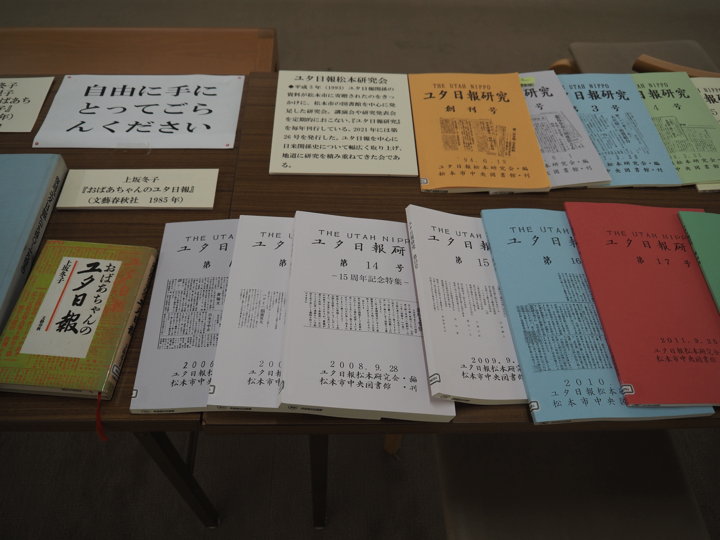
And in 2020, in partnership with the Hoover Institution Library & Archive at Stanford University, the Utah Nippo from 1914 to 1947 was made available digitally.
Link “Hoji Shinbun Digital Collection“
This website is using OCR for character recognition, but many of the letters have not been verified, so they are looking for volunteers. (as of December 2022)
I have signed up and occasionally correct the text, albeit only slightly.
The Utah Nippo ceased publication for about two months but was published throgh the World War II. It was very unsettling for the first-generation Japanese immigrants, not good at English, to see Japanese-language newspapers cease publication across the board. Supporting these people was very significant.
The Utah Nippo gradually lost its role as its readers aged and passed away, but Kuniko continued to support it until the end.
[Reference] (all are written in Japanese)
* “Matsumoto-Salt Lake City Sister City 35th Anniversary – In Memory of Kuniko Terasawa of the Utah Nippo" (by Fumio Hongo / Published by Matsumoto-Salt Lake City Sister City Committee / 1993)
* “Outline of the Utah Nippo: Its History and Significance, Part 1 – Part 4″ (Harumichi Yamada/2010)
* Matsumoto City Central Library Exhibits

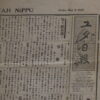
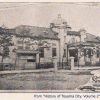



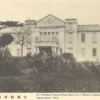
Recent Comments